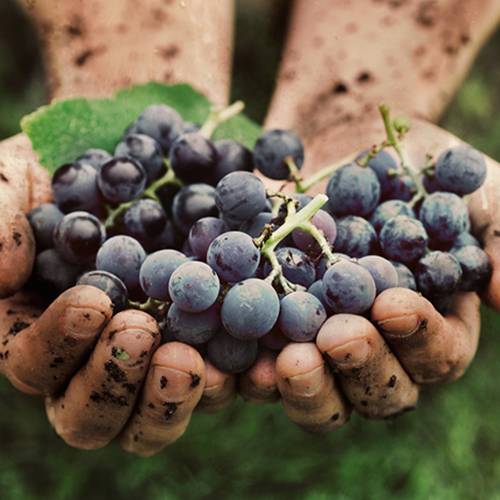- No. 268 Xianghe Street, Economic Development Zone of Xingtai city, Hebei 054001 China
- Byron@hbhongri.cn
dried hot red chillies
The Unyielding Spice Dried Hot Red Chillies
Dried hot red chillies, a staple in various cuisines, bring a fiery intensity that tantalizes the taste buds and elevates the simplest of dishes to new heights. From the vibrant markets of India to the kitchen garb of Mexican cooks, the allure of these spicy pods is undeniable. But beyond their culinary applications lies a rich tapestry of cultural significance, health benefits, and an intriguing history that dates back thousands of years.
A Historical Journey
The journey of hot chillies began over 6,000 years ago in Central and South America, where indigenous peoples cultivated them for both culinary and ritualistic uses. Following the Columbian Exchange in the late 15th century, chillies made their way to Asia, where they were quickly integrated into local cuisines. Today, India holds the title for the largest producer and consumer of chillies in the world, transforming traditional recipes and ingredient profiles.
In Indian cuisine, for instance, dried hot red chillies are not just a spice but also a way of life. They are used in various forms — as whole chillies, ground powder, or infused oils — to create depth and zest in dishes ranging from curries to chutneys. The inclusion of dried chillies enhances the flavor while making a bold statement about the regional identity of the food.
Culinary Versatility
One of the most remarkable aspects of dried hot red chillies is their versatility. They can be used in countless ways to achieve differing levels of heat and flavor. For a gentle warmth, one might use mild dried chillies like Kashmiri red chillies, which impart a lovely red hue without overwhelming the palate. For fire-breathing aficionados, varieties such as Thai bird's eye chillies pack a serious punch.
Dried chillies can be rehydrated in warm water or oil, allowing them to release their rich, complex flavors. They are commonly ground into a fine powder, allowing for easy integration into spice blends or direct seasoning. The preparation of sauces, from the fiery sambal in Indonesia to the robust harissa in North Africa, often starts with these essential ingredients.
dried hot red chillies

Moreover, their long shelf life makes them a convenient addition to any kitchen. Unlike fresh chillies, which have a limited timeframe for use, dried hot red chillies can be stored for months without losing their potency, making them a reliable choice for chefs and home cooks alike.
Health Benefits
Beyond their culinary charm, dried hot red chillies are known for their myriad health benefits. They are rich in vitamins A and C, which support immune function, and contain capsaicin — the compound responsible for their heat. Capsaicin is often studied for its potential health benefits, including pain relief, weight management, and even anti-inflammatory properties.
Moreover, incorporating spiciness into one's diet has been linked to improved metabolic rates and potential longevity. Various studies suggest that regular consumption of spicy foods may reduce the risk of certain chronic diseases, providing an incentive for spice lovers to indulge.
Cultural Significance
In many cultures, dried hot red chillies symbolize not just flavor but also prosperity and protection. In India, they are often used in traditional rituals to ward off negative energy. Red chillies and mirrors are hung at entrances of homes to drive away the evil eye. This cultural attachment adds an extra layer of depth to their presence in daily life, transforming them from mere ingredients to powerful symbols.
Conclusion
Dried hot red chillies encapsulate a world of flavor, history, and tradition. From enriching dishes with their heat to their role in cultural practices, these vibrant spice pods have stamped their authority across global cuisines. As we navigate an increasingly interconnected world, the appreciation for these fiery ingredients continues to grow, inviting culinary experimentation and a deeper understanding of the traditions they represent. Whether adding warmth to a comforting curry or igniting the fiery passion of a salsa, dried hot red chillies remain an unyielding force in our kitchens and cultures.
-
Turmeric Rhizome Powder: A Golden Treasure from Roots to TableNewsJul.28,2025
-
The Versatile Application Of Crushed Red Hot Peppers: Lighting Up The Red Flames On The Dining TableNewsJul.28,2025
-
The Paprika: A Touch Of Vibrant Red In Color, Flavor, And CultureNewsJul.28,2025
-
Ground Turmeric: A Modern Examination of an Ancient SpiceNewsJul.28,2025
-
Capsicum Liquid Extract: Features, Applications, and ChallengesNewsJul.28,2025
-
Application of Capsicum Liquid Extract in FoodNewsJul.28,2025







